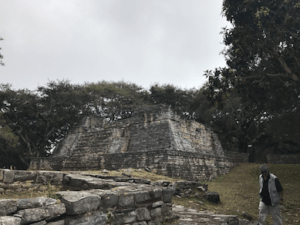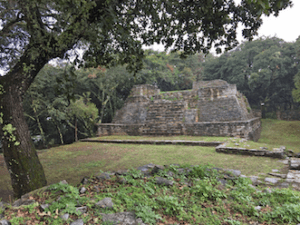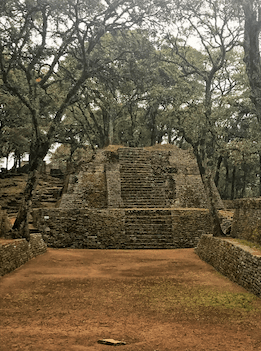
AMERICAN ASSOCIATION FOR THE ADVANCEMENT OF SCIENCE (AAAS)—Ancient DNA from pre-Hispanic northern and central Mexico reveals population continuity during a period of drastic environmental change, according to a new study*, and provides new insights into the region’s complex and rich demographic history. Before European colonization, present-day Mexico was home to various civilizations across two main cultural areas: Aridoamerica in the north, inhabited mainly by hunter-gatherers, and Mesoamerica in the central and southern regions, where large agriculture-based cultures flourished. The distinction between these two regions has generally been based on cultural characteristics, subsistence strategies, and ecological features. Archeological evidence suggests that the border between these two regions shifted southward between 900-1300 CE due to multidecadal droughts, allegedly driving populations replacement in central Mexico by Aridoamerican peoples and perhaps the abandonment of some Mesoamerican cities. The nature of these societal changes, however, is poorly understood and based solely on archaeological evidence. While studying the genetic variation of these ancient populations could help clarify uncertainties, ancient genomic data for pre-Hispanic populations in Mexico are significantly lacking. Viridiana Villa-Islas and colleagues address this knowledge gap and present shotgun genome-wide data from 12 individuals and 27 mitochondrial genomes from 8 pre-Hispanic archaeological sites across Mexico, including 2 located at the shifting border between Aridoamerica and Mesoamerica. Contrary to archaeological data, Villa-Islas et al. revealed population continuity spanning the period of megadroughts and a broad preservation of the genetic structure across present-day Mexico for the last 2300 years – one that can still be observed in modern Indigenous populations. In addition, the authors also identify a contribution to pre-Hispanic populations of northern and central Mexico from two ancient unsampled “ghost” populations, demonstrating that the demographic events that gave rise to Aridoamerican and Mesoamerican populations are more complex than previously thought. In a related Perspective, Bastien Llamas and Xavier Roca-Rada highlight the study’s ethical and sustainable approach to paleogenomics. “The study of Villa-Islas et al. is a remarkable example of this approach because it targets a Global South region and is led and conducted by (predominantly) local researchers,” they write. “This is a considerable departure from collaboration between local scholars and laboratories from the Global North, which requires the export of samples and often leads to the relocation of local students and early-career researchers to the Global North for training.”
_______________________________

Above and below: Pre-Hispanic buildings at the Toluquilla Archaeological Site in Sierra Gorda, Querétaro, Mexico. Elizabeth Mejía Pérez Campos
_______________________________

_______________________________

_______________________________
Article Source: AAAS news release. By Walter Beckwith
*Demographic history and genetic structure in pre-Hispanic Central Mexico, Science, 12-May-2023. www.science.org/doi/10.1126/science.add6142
Advertisement
_______________________________

Don’t miss out on this unforgettable evening as Dr. Hawass reveals the most closely guarded secrets of ancient Egypt and presents his groundbreaking new discoveries and latest research live on stage. As the man behind all major discoveries in Egypt over the last few decades and director of several ongoing archaeological projects, Dr. Hawass may yet surprise you with unexpected revelations that will make news across the world.
_______________________________




